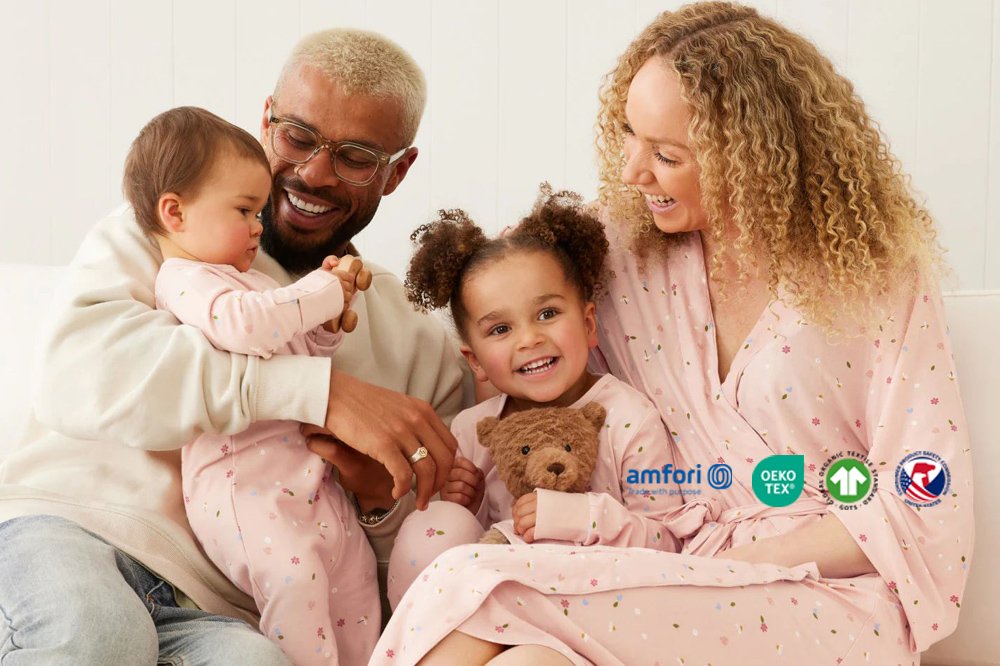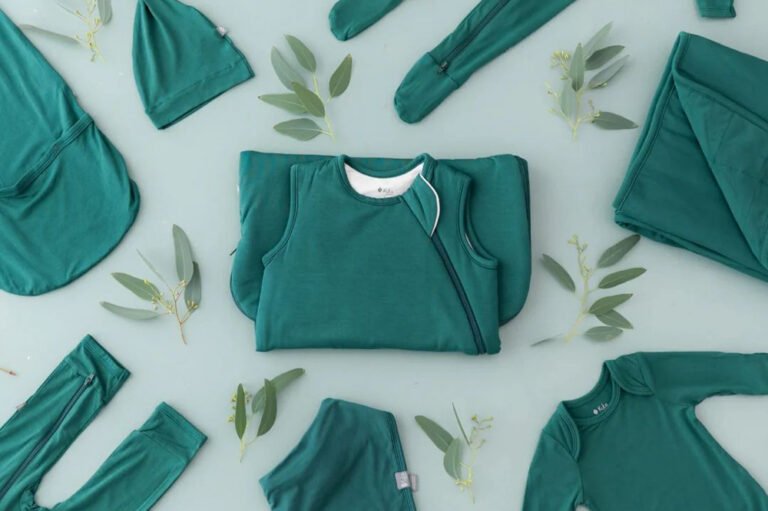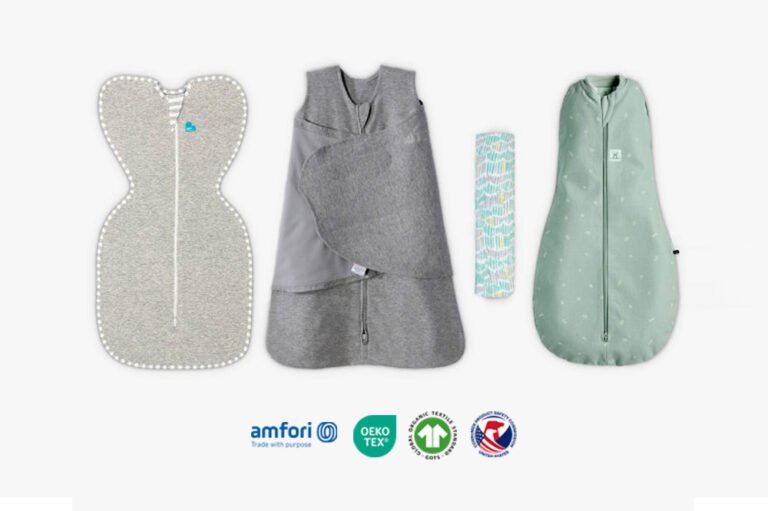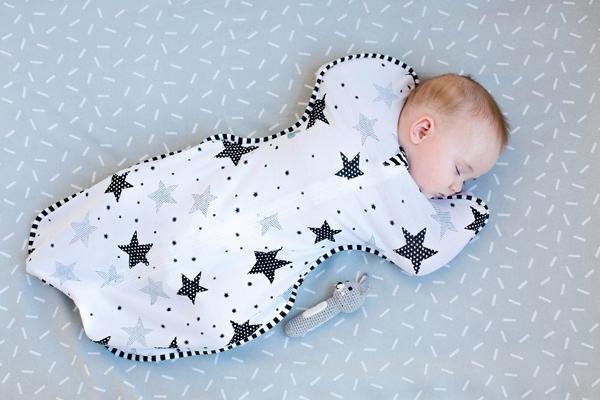
When it comes to keeping your baby safe and comfortable during sleep, many parents wonder if baby sleeping bags are the best choice. These cozy sleep sacks are designed to replace loose blankets, but are they really the safest option?
Yes, baby sleeping bags are generally considered safe when used correctly. They help reduce the risk of suffocation and overheating, as they’re designed to keep babies warm without covering their face. Ensure you choose the right size and follow safety guidelines to maximize the benefits.
Transitioning from traditional blankets to sleeping bags can be a big decision for new parents. Let's explore the advantages, potential drawbacks, and some common questions about using baby sleeping bags.
What are the disadvantages of sleeping bags for babies?
While baby sleeping bags are popular, they do have some drawbacks that parents should consider.
One disadvantage is that babies can outgrow sleeping bags quickly, requiring frequent size updates. They may also restrict movement, which some babies might find uncomfortable, especially if they’re used to more freedom while sleeping.
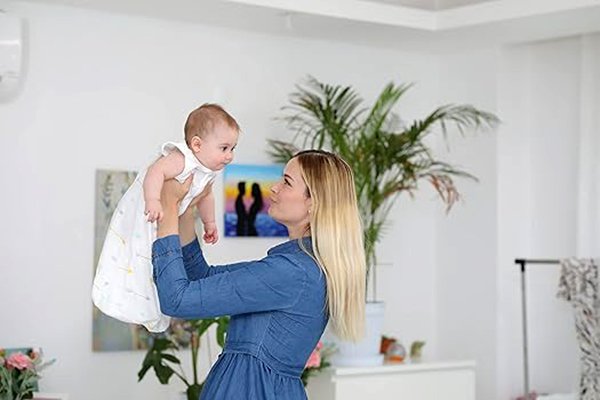
Potential Downsides of Baby Sleeping Bags
- Limited Movement: Sleeping bags can make it harder for babies to move, which might cause discomfort for more active sleepers.
- Sizing Issues: Babies grow quickly, and sleeping bags that fit perfectly one month may become tight or too short the next.
- Temperature Concerns: Incorrect fabric thickness can lead to overheating or not enough warmth, depending on the season.
- Limited Lifespan: Since babies grow so fast, some parents feel that sleeping bags need frequent replacements, which can be costly.
| Disadvantage | Explanation |
|---|---|
| Limited Movement | Can restrict active sleepers |
| Sizing Issues | Requires frequent updates as babies grow |
| Temperature Concerns | Incorrect TOG rating may lead to discomfort |
| Limited Lifespan | Outgrown quickly, can be expensive to keep replacing |
Despite these drawbacks, many parents find the safety benefits outweigh the inconveniences. It’s essential to choose a sleeping bag with the correct size and TOG rating to address these issues.
What is the rule for baby sleeping bags?
Following a few basic rules can help parents use baby sleeping bags safely and effectively.
Always select a sleeping bag based on your baby’s weight and height, not just age. Ensure it has a snug fit around the neck and arms, but ample room for leg movement. Choose the right TOG rating based on the room temperature to prevent overheating.
Essential Guidelines for Safe Use of Baby Sleeping Bags
Using the correct sleeping bag is key to keeping your baby safe and comfortable. Here’s what to keep in mind:
- Choose the Right Size: A snug fit around the neck and arms prevents the baby from slipping down into the bag, while the bottom should allow for free leg movement.
- Check the TOG Rating: TOG ratings indicate warmth level. For instance, a 1.0 TOG is good for warmer climates, while a 2.5 TOG is suitable for cooler conditions.
- Room Temperature Monitoring: Keep the room between 16-20°C (60-68°F) for safe sleep. Adjust the baby’s clothing layers accordingly.
- Avoid Extra Blankets: Do not add loose blankets or covers, as this increases the risk of suffocation.
By following these rules, parents can ensure that baby sleeping bags provide maximum safety and comfort.
Is a sleeping bag good for babies?
Baby sleeping bags offer many benefits that make them a preferred choice for safe sleep.
Yes, sleeping bags are good for babies as they help maintain a consistent sleep temperature and reduce risks associated with loose bedding. They provide a safer alternative to blankets, particularly for newborns and infants who move during sleep.

Advantages of Using Baby Sleeping Bags
Baby sleeping bags can contribute to better sleep quality for both babies and parents. Here’s why they’re often recommended:
- Temperature Regulation: Baby sleeping bags help maintain a consistent sleep temperature, reducing the chance of babies waking up due to being too hot or too cold.
- Reduced Suffocation Risk: Unlike loose blankets, sleeping bags stay in place, lowering the risk of covering the baby’s face.
- Easy to Use: Putting on a sleeping bag is straightforward, and it eliminates the need to adjust blankets during the night.
- Improves Sleep Routine: Babies may associate the sleeping bag with bedtime, helping to establish a consistent sleep routine.
In summary, baby sleeping bags can support safe and comfortable sleep, especially when correctly used according to guidelines.
Are baby sleeping bags safer than blankets?
Using sleeping bags instead of blankets can add an extra layer of safety.
Yes, baby sleeping bags are generally safer than blankets, as they don’t come loose and cover the baby’s face, which minimizes the risk of suffocation. Sleeping bags stay in place, allowing parents to worry less about repositioning or tangling during sleep.
Why Sleeping Bags Are Safer Than Blankets
One of the biggest advantages of sleeping bags is their ability to reduce the risks associated with traditional bedding. Here’s why:
- Prevents Suffocation: Loose blankets can move over a baby’s face, posing a suffocation hazard. Sleeping bags avoid this risk by staying secure around the neck and shoulders.
- Limits Overheating: With the right TOG rating, sleeping bags can help regulate body temperature without additional layers.
- No Need for Adjustment: Since sleeping bags don’t shift during sleep, parents can be assured that their baby is covered safely throughout the night.
Switching from blankets to sleeping bags is a proactive choice to enhance your baby’s sleep safety.
What age should you use a baby sleeping bag?
Choosing the right time to introduce a sleeping bag is key for both safety and comfort.
Baby sleeping bags can be used from birth, as long as the size fits snugly. Many parents transition around 6 weeks, when babies start showing signs of movement. Sleeping bags are typically used until about 3 years, depending on your baby’s comfort and sleep habits.

When to Start and Stop Using Baby Sleeping Bags
Here’s a guide on when to start using baby sleeping bags and when it might be time to switch:
- Newborn Stage (0-6 months): Some sleeping bags are suitable for newborns, but they must fit snugly around the neck and arms.
- Infant Stage (6-12 months): Most parents start using sleeping bags at this stage as babies begin to move more during sleep.
- Toddler Stage (1-3 years): Sleeping bags can be used until age 3, or until your toddler can safely transition to a blanket without risk of suffocation.
| Age Range | Suitability for Sleeping Bags |
|---|---|
| 0-6 months | Use with caution, ensure snug fit |
| 6-12 months | Ideal age to start, offers freedom of movement |
| 1-3 years | Continued use is safe, some parents switch to blankets |
Introducing a sleeping bag early can establish a good sleep routine, but always monitor your child’s comfort and development.
Conclusion
In summary, baby sleeping bags are a safe and practical choice for parents who want to ensure their baby’s comfort during sleep. By following size and TOG guidelines, you can create a secure and consistent sleep environment that supports your baby’s growth and well-being.

